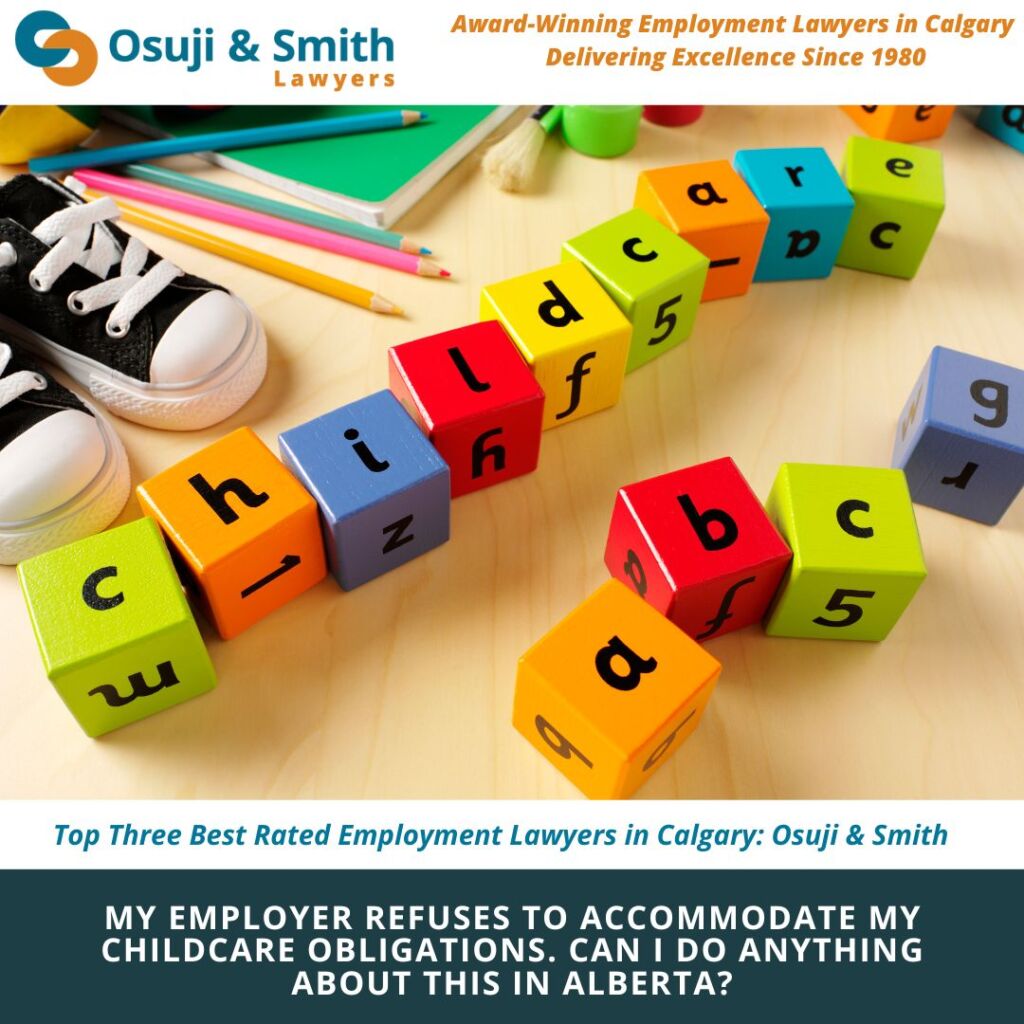Though many companies take workplace discrimination seriously, employees still face different sorts of discrimination in the workplace. It’s not very easy to eradicate from the workplace. Some discrimination Workplace discrimination can be very subtle and hard to pinpoint.
Some employers and employees aren’t even aware of their discriminating behavior toward others. On the other hand, some employees feel uneasy about speaking or taking actions against discrimination. So, if we want to do something about discrimination in the workplace, we need to address the issue clearly.
What is Workplace discrimination?
Workplace discrimination is a set of unfair behaviors and actions done by the employers and employees toward the employees or subordinates. There is a wide range of unjust treatment people have to face because of their ethnicity, religion, disability, gender, origin, and many other things.
Here, we want to discuss some of the most common and disturbing forms of workplace discrimination.

Racial Discrimination
Racial discrimination is the most common workplace discrimination. It’s surprising to see that employees in Canada are still facing discrimination for their color in this 21 century. The Environics Institute for Survey Research reports that 54 percent of Black Canadians have experienced ongoing discrimination in the workplace. The same report states that 53 percent of indigenous people experience workplace discrimination.
Age Discrimination
Age discrimination in the office is prohibited by the law. With a few exceptions, companies can’t specify an age preference in their job advertisement. Workers must get equal benefits regardless of their age. If an employee is distinguished unfairly because of his/her age, it may be considered as age discrimination.
Religious Discrimination
Discriminating employees, because of their religious beliefs and customs, is against the law. Religious discrimination can be very sensitive. For example- refusing to make an exception to the dress code or not allowing to pray during the office hour or not allowing to take the day off for celebrating important religious ceremonies or forcing to shave beard could be deemed as religious discrimination in the workplace.
Gender Discrimination
Employees getting unfair treatment because of their gender might be one of the most common types of discrimination in the workplace. An interesting report conducted by Ipsos found that only 43% of Canadians agree that workplaces treat men and women equally. 53% of Canadian men agree that workplaces treat men and women equally, where only 32% of Canadian women agree that workplaces treat men and women equally.
Gender discrimination can be very subtle. For example, not addressing someone by their preferred pronoun could be considered as gender discrimination.
Pregnancy-based discrimination
Pregnancy-based discrimination is completely illegal. Employers have a legal obligation to serve pregnancy-related needs. They are required to handle pregnancy the same way they treat a temporary illness. The Canadian Human Rights Commission encourages employers to take additional actions to stop pregnancy-related discrimination.
Disability Discrimination
Disability discrimination might be one of the few areas where more attention is still necessary. If an employee fails to get a promotion or salary raise due to his/her physical condition can be regarded as disability discrimination. The Canadian Human Rights Act prohibits any kind of discrimination based on disability or any time of physical or mental illness.
Disability discrimination is hard to pinpoint because some works may require more physical or mental fitness. So, we may need to explore more about the legal grounds if we want to stop it from the workplace.
Workplace Discrimination Vs. Workplace harassment
Though it sounds similar, workplace discrimination and workplace harassment are not the same things. Where harassment means offensive remarks, bullying, criticizing, or making sexual innuendo, discrimination is simply unlawful unfair treatment towards the employees.
The Bottom Line
People come from different backgrounds, races, religions, places to work together in the office. What may seem okay in one culture can be grossly inappropriate to another culture. So, if anyone doesn’t give attention could end up treating someone unfairly or offensively. So, we need to talk more about workplace discrimination and workplace bullying. If we can create enough awareness among the employers and employees, we may stop discrimination or any kind of harassment from the workplace.
Contact us to know more about your employment rights and labor law.

